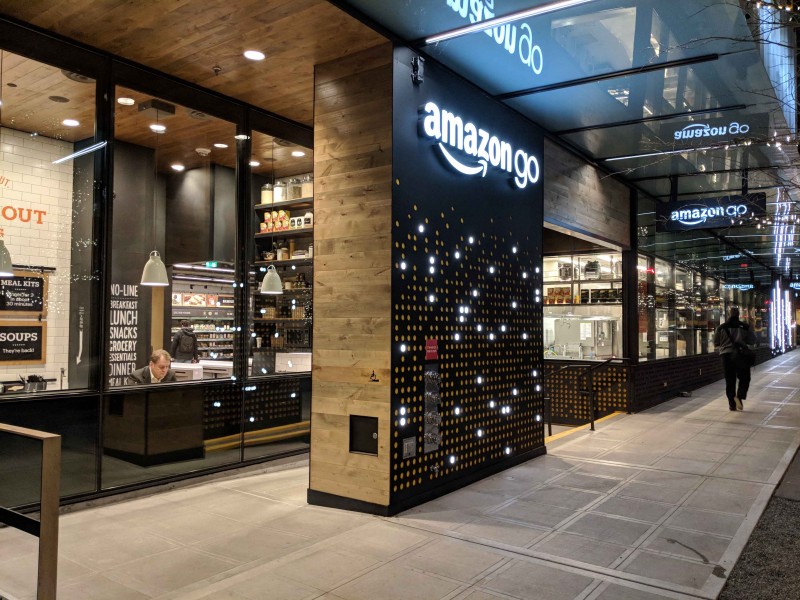Amazon.com has officially opened its very first checkout-free grocery store to the public following more than a year of beta testing.
According to a Reuters report, Amazon Go, relies on cameras and sensors to track what shoppers remove from the shelves, and what they put back.
The store neither has cash registers nor checkout lines as customers are billed after leaving the store using credit cards on file.
Amazon Go, is the company’s latest project aimed at reshaping brick-and-mortar shopping.
The convenience-style store opened to Amazon employees in December 2016 in a test phase.
For grocers, the store’s opening heralds another potential disruption at the hands of the world’s largest online retailer, which bought high-end supermarket chain Whole Foods Market last year for $13.7 billion. Long lines can deter shoppers, so a company that figures out how to eradicate wait times will have an advantage.
Gianna Puerini, vice president of Amazon Go, said in an interview that the store worked very well throughout the test phase, thanks to four years of prior legwork.
“This technology didn’t exist,” Puerini told Reuters. “It was really advancing the state of the art of computer vision and machine learning.”
The 1800-square-foot (167-square-meter) store is located in an Amazon office building. To start shopping, customers must scan an Amazon Go smartphone app and pass through a gated turnstile.
Ready-to-eat lunch items greet shoppers when they enter. Deeper into the store, shoppers can find a small selection of grocery items, including meats and meal kits. An Amazon employee checks IDs in the store’s wine and beer section.
Sleek black cameras monitoring from above and weight sensors in the shelves help Amazon determine exactly what people take.
If someone passes back through the gates with an item, his or her associated account is charged. If a shopper puts an item back on the shelf, Amazon removes it from his or her virtual cart.
Amazon said it has no plans yet to open stores in new locations or introduce the technology to Whole Foods stores, which it acquired in 2017.





